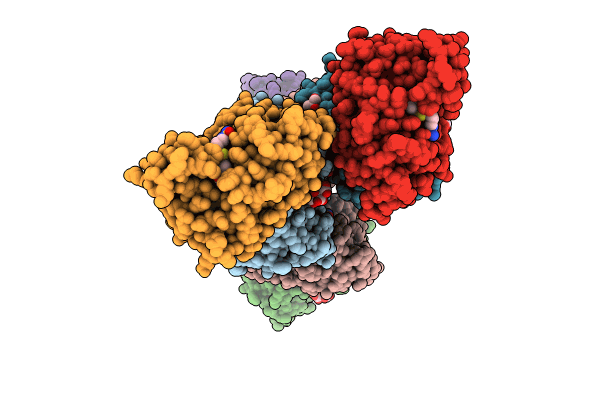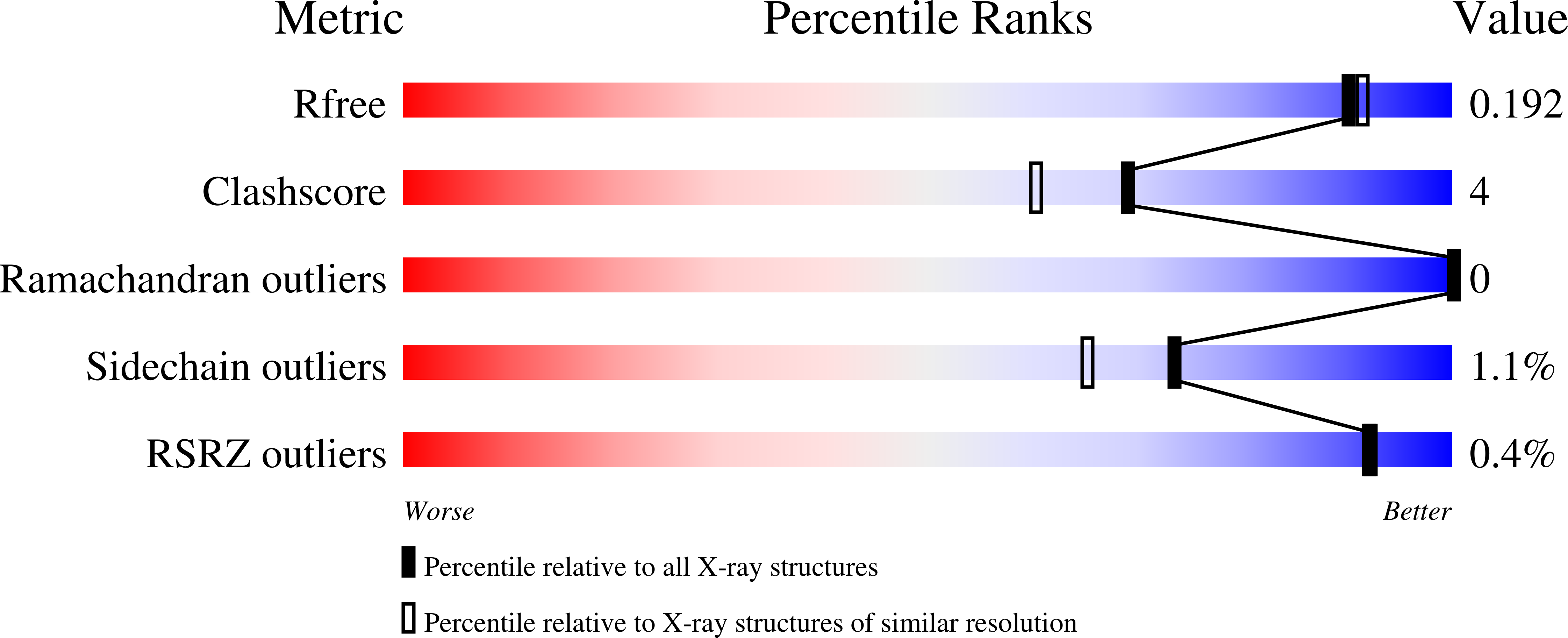
Deposition Date
2023-05-04
Release Date
2024-05-22
Last Version Date
2024-10-30
Entry Detail
PDB ID:
8SQ7
Keywords:
Title:
X-ray crystal structure of Acinetobacter baumanii beta-lactamase variant OXA-82 K83D in complex with doripenem
Biological Source:
Source Organism:
Acinetobacter baumannii (Taxon ID: 470)
Host Organism:
Method Details:
Experimental Method:
Resolution:
1.78 Å
R-Value Free:
0.18
R-Value Work:
0.15
R-Value Observed:
0.15
Space Group:
P 31


